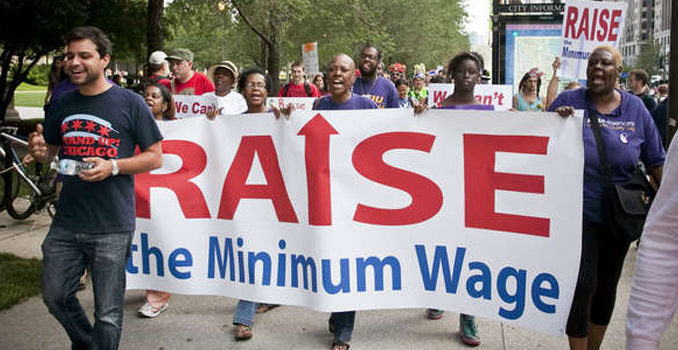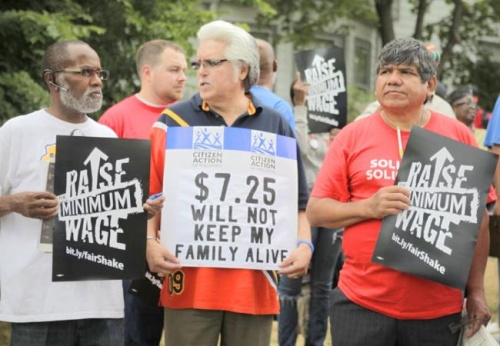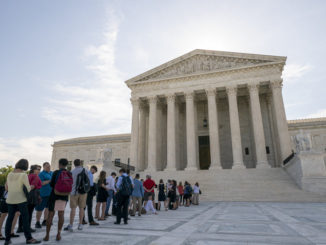
Starting when the clock strikes midnight on New Year’s Day, 26 states will rollout a higher minimum wage. In 2020, employees can expect hourly rates to increase, ranging from 10 cents to two dollars more.
Minimum wage law came into existence to monitor the pay floor or lowest rate that companies can pay employees per hour. Hence, the Fair Labor Standards Act or FLSA, which dictates minimum wage rates for both public and private sector businesses in conjunction with state and federal regulation.
The federal minimum wage has been stagnant at a $7.25 hourly rate since 2009. Rates can differ or be higher state by state, with companies mandated to follow state wage rates over federal.
A highly controversial bill, Raise the Wage Act, was reviewed by the US House of Representatives to implement a standard minimum wage of $15, but the bill was ultimately axed.
Individual companies, such as Target, Amazon, and Walmart have took it upon themselves to increase the pay floor for their employees. Jeff Bezos’ Amazon increased its hourly rate to $15 an hour in late 2018.
Some major cities, New York City and San Francisco being among them, have also adjusted their rates based on their current economic standing.
The unemployment rate remains steady at 3.5 percent, with employment increasing by 266,000 in the fourth quarter of the year, according to the Bureau of Labor Statistics.

Economic conditions in the U.S. have recently been on a positive upturn as more companies are reporting formidable gains in revenue and sales. However, some argue that the increase in pay will cause a negative shift in the number of jobs available.
With minimum wage increasing, employers will have to reduce the number of positions available to accommodate for more money spent. Yet, the stagnation of wage rates also promotes higher turnover and lower employee morale.
Others would argue that while the economic portfolio of the U.S. looks optimistic, the reality is that the types of jobs available are not commensurate to the current cost of living or the cost of education required to obtain higher paying jobs.
The growing trend of independent contractor jobs and part time jobs, such as Uber and InstaCart, are all accounted for in the analysis of economic health, but in the real world are not financially adequate enough for people to obtain home mortgages, start families or pay off debt.
What do you think is the solution to the growing epidemic of low minimum wage in a world of inflated living costs?
The minimum wages for 2019 and 2020 are listed below for each state. Rates can differ from federal minimum wage within cities and counties.
- Alaska: $9.89 to $10.19
- Arizona: $11.00 to $12.00
- Arkansas: $9.25 to $10.00
- California: $12 to $13.00
- Colorado: $11.10 to $12.00
- Connecticut: $10.10 to $11.00
- Delaware: $8.75 to $9.25
- District of Columbia: $14.00 to $15.00
- Florida: $8.46 to $8.56
- Guam: $8.25 to $8.75
- Illinois: $8.25 to $9.25
- Maine: $11.00 to $12.00
- Maryland: $10.10 to $11.00
- Massachusetts: $12.00 to $12.75
- Michigan: $9.45 to $9.65
- Missouri: $8.60 to $9.45
- Montana: $8.50 to $8.65
- Nevada: $8.25 to $9.00
- New Jersey: $8.85 to $11.00
- New Mexico: $7.50 to $9.00
- New York: $11.10 to $11.80
- Ohio: $8.55 to $8.70
- Oregon: $11.25 to $12.00
- South Dakota: $9.10 to $9.30
- Vermont:$10.78 to $10.96
- Washington: $12.00 to $13.50



